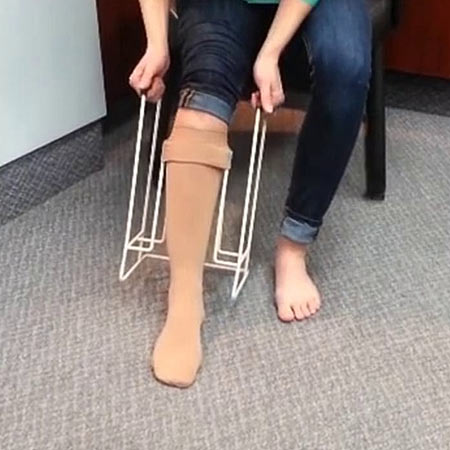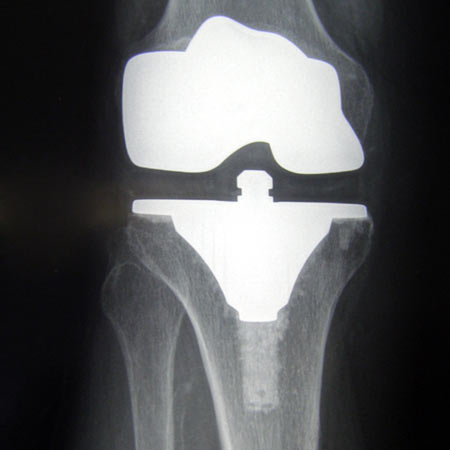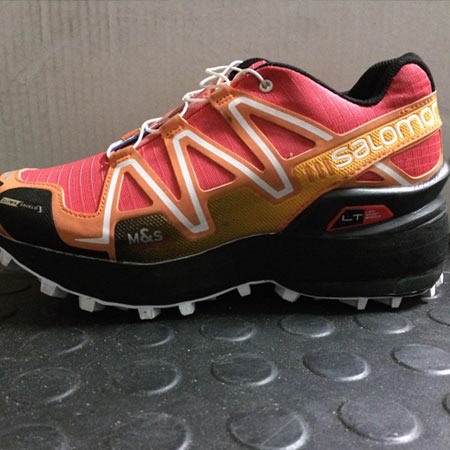Compression stockings is a highly specialised field of practice or dispensing. Stockings are the accessory that everybody loves to hate due to the effort of donning, and also the cost implications. Although there are many excuses and reasons to procrastinate; this is one of the most necessary and effective conservative treatments available.
Compression hosiery are designed to apply a calibrated grade of compression at the ankle and decrease gradually upwards on the appendage. It is thus imperative that these stockings be measured and dispensed; per person, by a qualified specialist.
Among the plethora of information that can be communicated in this field of practice there are 3 important aspects that have to be discussed:
- Prophylactic therapy – The use of Class I (Low compression) stockings is indicated to improve the venous return of blood. This is indicated for elective surgery due to the potentially inactive recovery period. These patients are often in good general health but are subjected to the Thrombo Risk (Deep Vein Thrombosis ie. Blood clot) due to the surgery they are undergoing. Prophylactic compression hosiery can also be indicated in the early stages of venous disease to arrest the potential regression, or it can be used in candidates who are exposed to long periods of standing associated with their professions.
Flight socks which need to counteract the negative effects of inactivity during international flights, and the cabin pressures of high altitudes are also Class I stockings.
Sport recovery stockings are Class I stockings and not used during the activity but after the activity.
- Therapeutic or Treatment therapy – The use of Class II (Medium compression) stockings. These stockings are normally used once someone has been diagnosed with a Deep Vein Thrombosis (DVT) or blood clot. Patients who have a confirmed insufficient venous status are definitely treated with Class II stockings. The use of the stocking is to improve venous return past the blockage or occlusion of the vein. This slightly higher grade of compression is designed specifically to counteract the effects of gravity and thus are too strong to sleep with – contrary to Class I stockings.
Patients with venous disease and poor venous return or recumbent varicose eczema and ulcers are also candidates for Class II stockings to improve circulation and prevent further complications and permanent damage.
Post mastectomy lymphoedema arm stockings are normally Class II stockings; arm stockings are normally a means of maintenance therapy and should be used in conjunction with a proper manual lymph drainage program.
Sport stockings, Performance and Active stockings are normally Class II stockings with a slightly different compression profile to the standard Class II stocking to enhance oxygen circulation during activity.
- Therapeutic or Treatment therapy for further complications – Class III grade of compression stockings are normally used for aggravated lymphoedema which needs to be overcome; mild to severe arthrosclerosis; severe lipoedema and elephantiasis. Arm stockings can also be Class III stockings in severe cases.
Class IV stockings are also used in severely complicated cases but are the exception to the rule. Class III and Class IV stockings are normally flat-knit garments and not the usual round knit varieties.





